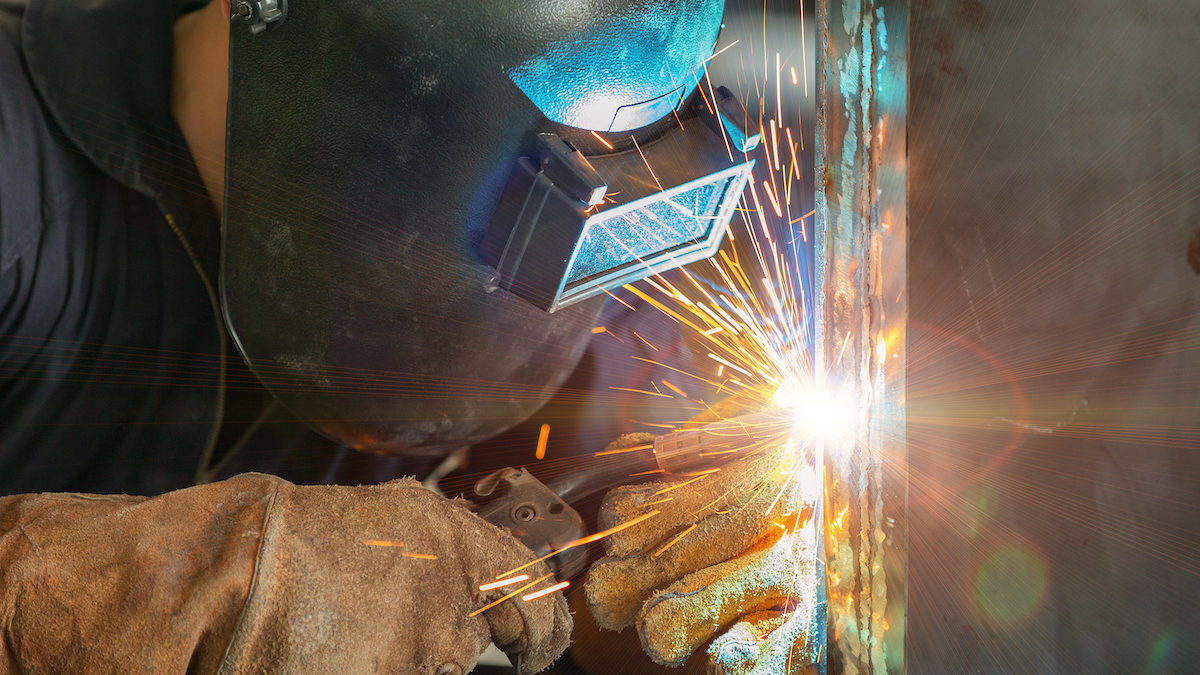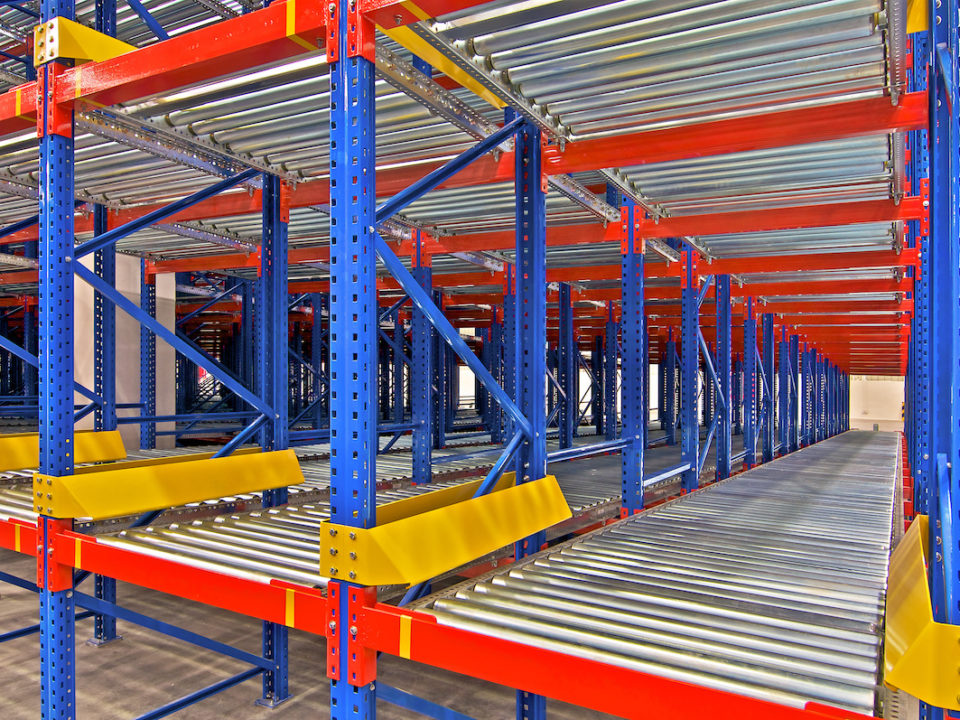Welding Terminology for Your Warehouse Rack Repairs

When your warehouse rack system needs repair, do you want to understand the terminology of the Repair Consultant better so you are speaking the same language? Warehouse racks, walkways, carts, etc. all use metal and require welding at times to repair them.
Here are some of the terms they may be using while repairing your systems:
Acceptable Weld – A weld which meets the applicable requirements.
Annealing – Subjected to heat treatment. This usually involves heating, followed by relatively slow cooling of metals or alloys to decrease hardness and increase the ease of machining or the cold-working characteristics. Annealing may be used to (a) remove effects of strain hardening resulting from cold work, (b) remove stresses found in castings, forgings, weldments, and cold-worked metals, (c) improve machinability and cold-working characteristics, (d) improve mechanical and physical properties by changing the internal structure, such as by grain refinement, and to increase the uniformity of the structure and correct segregation, banding, and other structural characteristics.
Arc Length – The distance from the electrode to the attachment point on the workpiece.
Arc Time – The time during which an arc is maintained in making an arc weld.
Arc Welding – A group of welding processes that produces coalescence of workpieces by heating them with an arc. The processes are used with or without the application of pressure and with or without filler metal.
ASME – American Society of Mechanical Engineers
ASTM – American Society for Testing and Materials
Base Metal – The alloy or metal that is cut, soldered, welded, or brazed.
Bevel Angle – The angle formed between the cut surface and a theoretical plane perpendicular to the plate surface.
Bevel Cutting – A plasma arc cutting technique that uses a tilted torch to produce an angle on the edge of parts being cut.
Carbon Steel – Steel whose physical properties are chiefly the result of the percentage of carbon contained in it; and iron-carbon alloy in which the carbon is the most essential constituent, ranging from 0.04%-1.40%. Also known as plain carbon steel or straight carbon steel.
Cast steel – Molten steel cooled and solidified in a mold.
Crater – A depression in the weld face at the termination of a weld bead.
Double Arcing – A condition in which the welding or cutting arc of a plasma arc torch does not pass through the constricting orifice but transfers to the inside surface of the nozzle.
Elasticity – The ability of a material to return to original shape and dimensions after a deforming load has been removed.
Face Bend Test – A test in which the weld face is on the convex surface of a specified bend radius.
Fatigue Failure – The cracking, breaking, or other failure of a material as the result of repeated or alternating stressing below the material’s ultimate tensile strength.
Fatigue Limit – The maximum stress that a material will support indefinitely under variable and repetitive load conditions
Ferrous – Containing iron. Example: carbon steel, low alloy steels, stainless steel.
Forging – Deforming into a new shape by compressive force.
Horizontal Welding Position – The welding position in which the weld face lies in an approximately vertical plane and the weld axis at the point of welding is almost horizontal.
Inclusion – Flux, slag, tungsten, or oxide. Entrapped foreign solid material.
Impact Test – Measurement of the amount of energy required to rupture metals with sudden or shock loads.
Mild Steel – Alloys made mostly of iron with other low content alloying elements such as carbon and manganese.
Non-Ferrous – Containing no iron. Example: Aluminum, copper, copper, alloys.
Plasma or Cutting Gas – A gas fed into a torch to surround the electrode, which becomes ionized by the arc to form a plasma and issues from the torch nozzle as a plasma jet.
Spot Welding – A welding method used to join thin sheet materials by overlapping joints.
Steel – An iron alloy with up to 1.4% carbon.
Stress – The amount or load of a force, applied to a material, tending to break or deform it.
Weathering Steel – Low alloy steel that is specially formulated to form a thin tightly adhering layer of rust which prevents further rusting.
Weld / Welding – A localized coalescence of metals or nonmetals produced either by heating the materials to the welding temperature, with or without the application of pressure or by the application of pressure alone and with or without the use of filler material.
Welding Arc – A controlled electrical discharge between the electrode and the workpiece that is formed and sustained by the establishment of a gaseous conductive medium, called an arc plasma.
Welding Rod – A form of welding filler metal, typically packaged in straight lengths, that does not conduct the welding current.
Warehouse Rack Repairs
Versatile Industrial Maintenance Inc. (VIM) in Lawrenceville, GA does offer rack inspections and provides a full detailed report. Usually, these are done for no charge if we do the repairs.
We are an independent fabricator, equipment installer of industrial maintenance expertise that specializes in custom warehouse rack repairs. We enjoy taking on challenges offered by the Warehousing industry. We offer custom solutions to storage, safety, and ergonomic issues utilizing our resources and skills to provide custom access platforms, conveyor crossovers, and custom picking carts, and more!
Versatile Industrial Maintenance Inc. was established in 2006 in Lawrenceville, GA, and draws on over 40 years of manufacturing and facility maintenance experience with a high emphasis on regulatory and safety. VIM specializes in warehouse rack repairs. Contact us for a free consultation via email or call 404-516-0611



